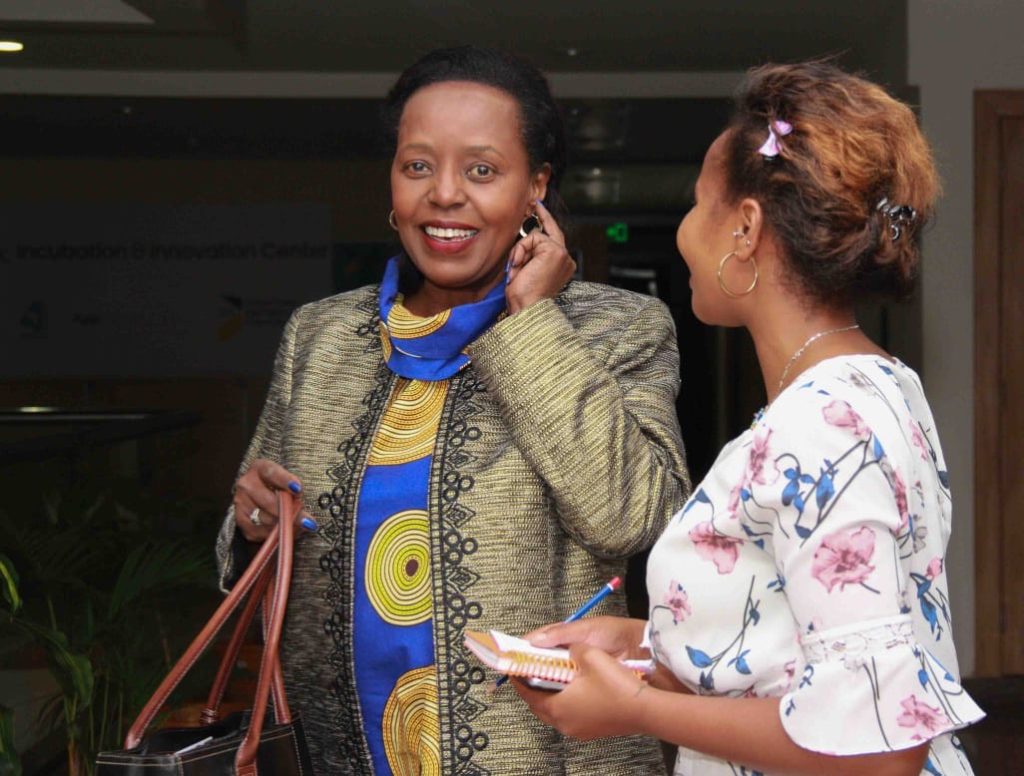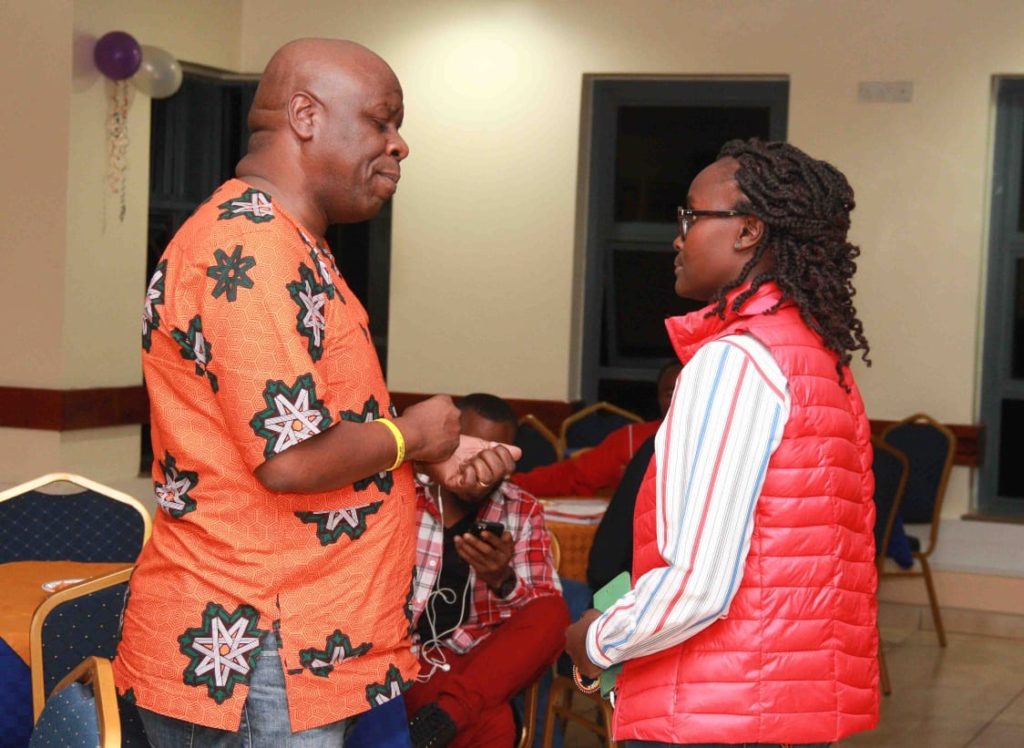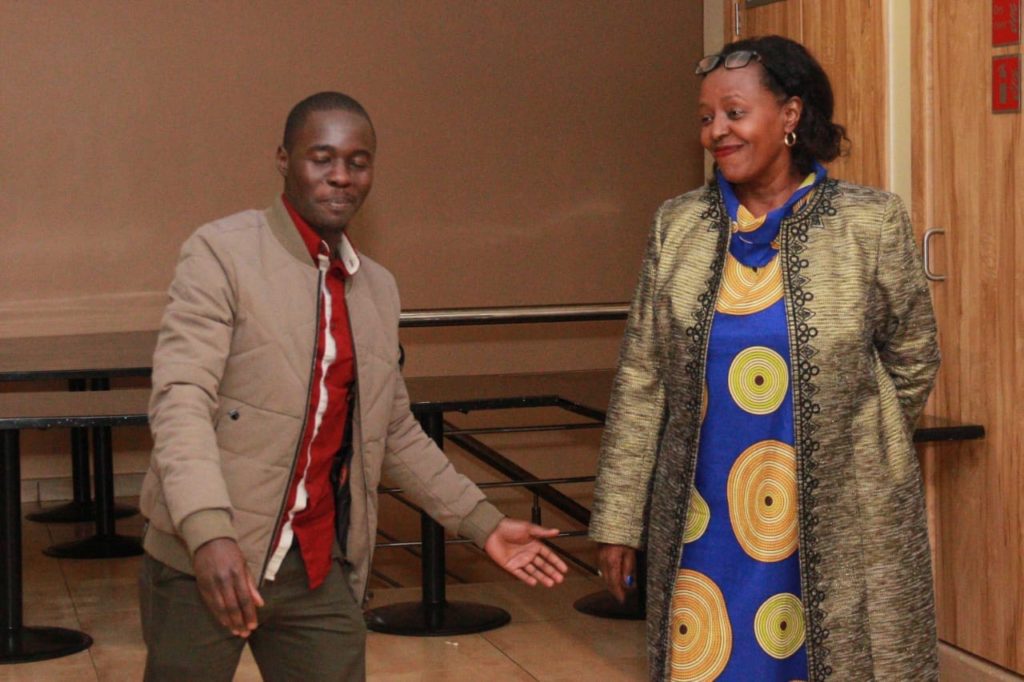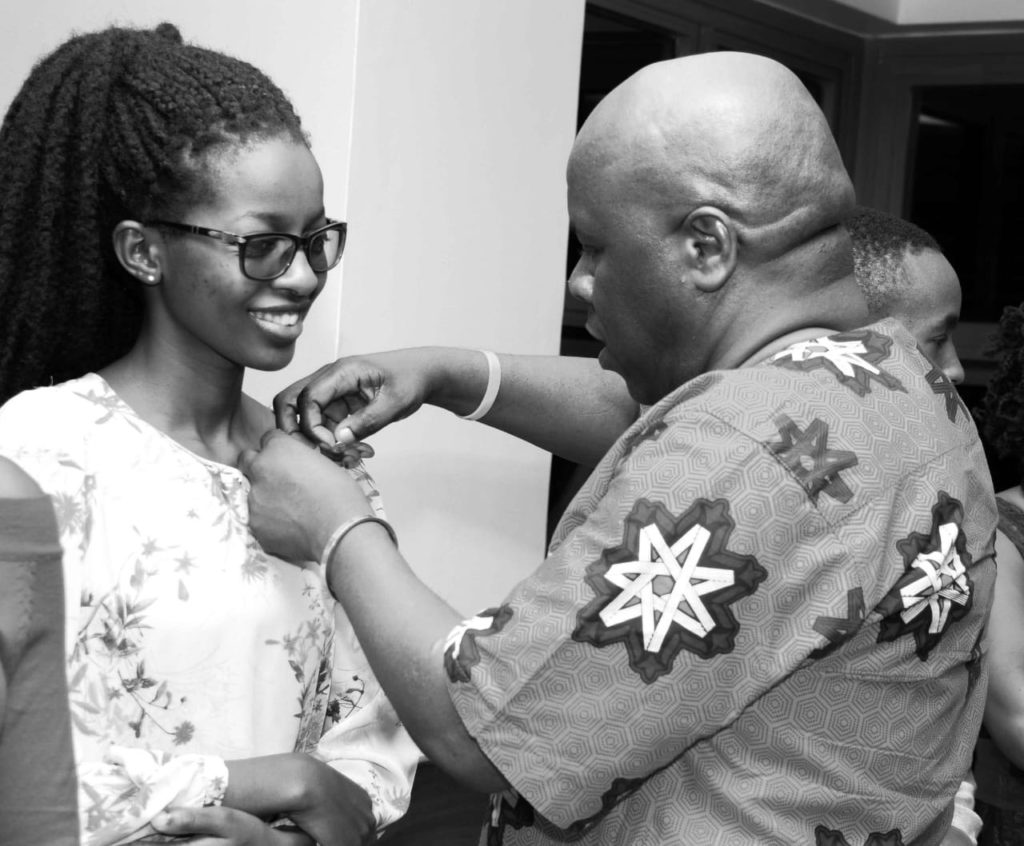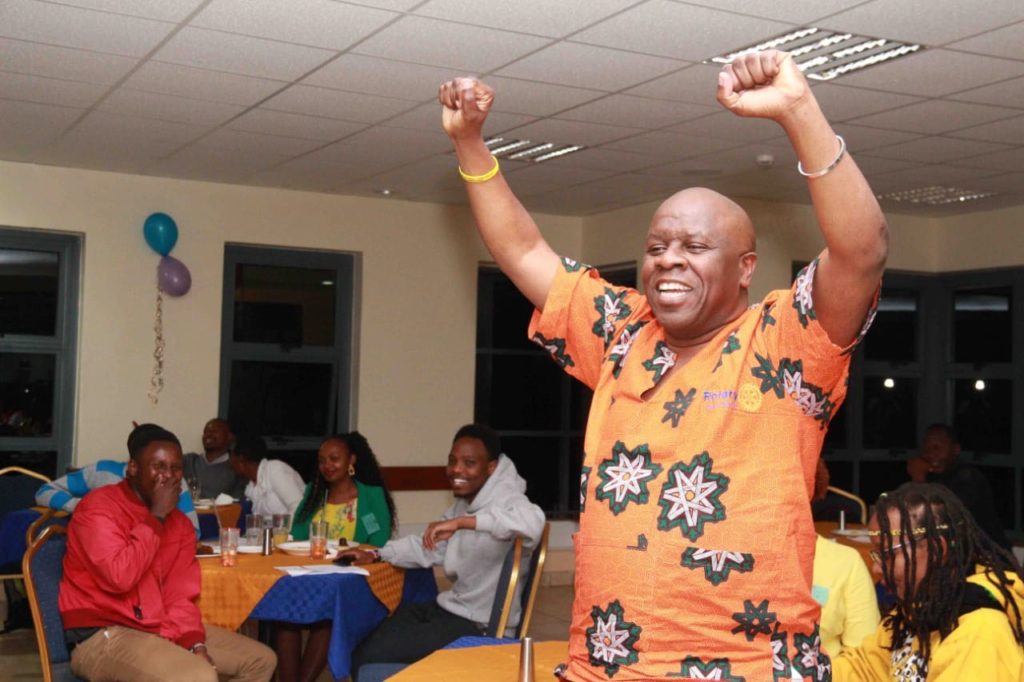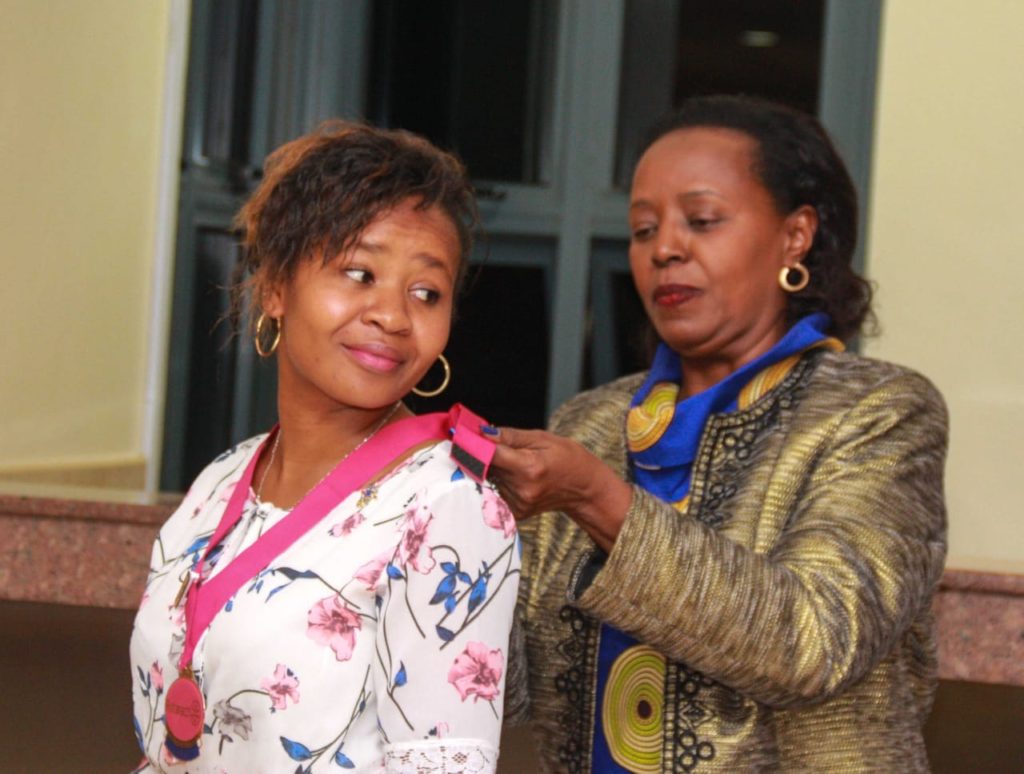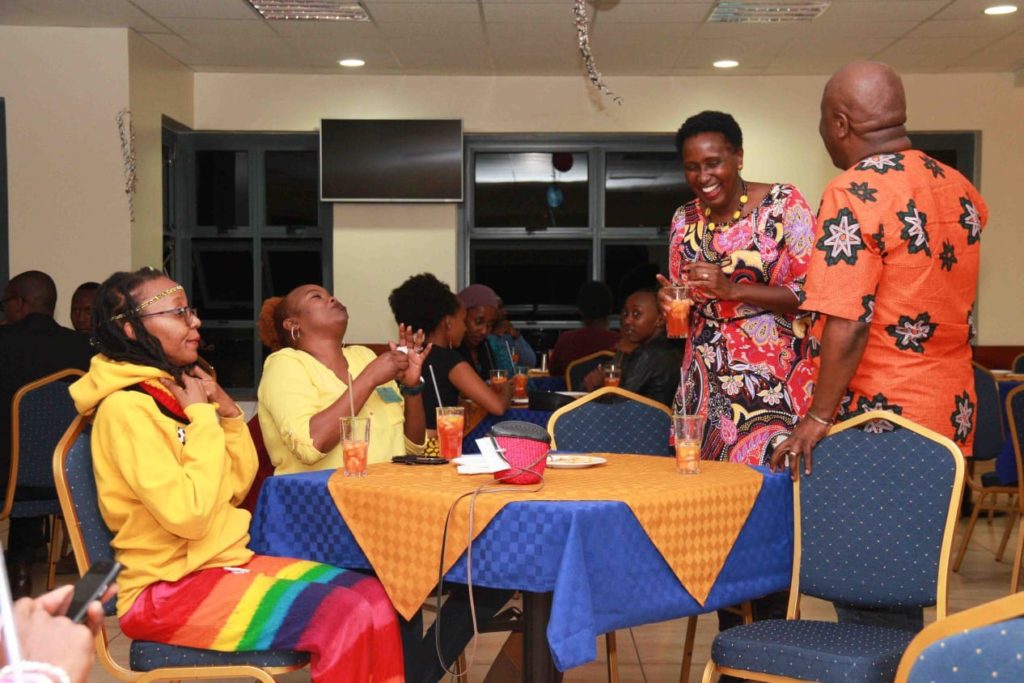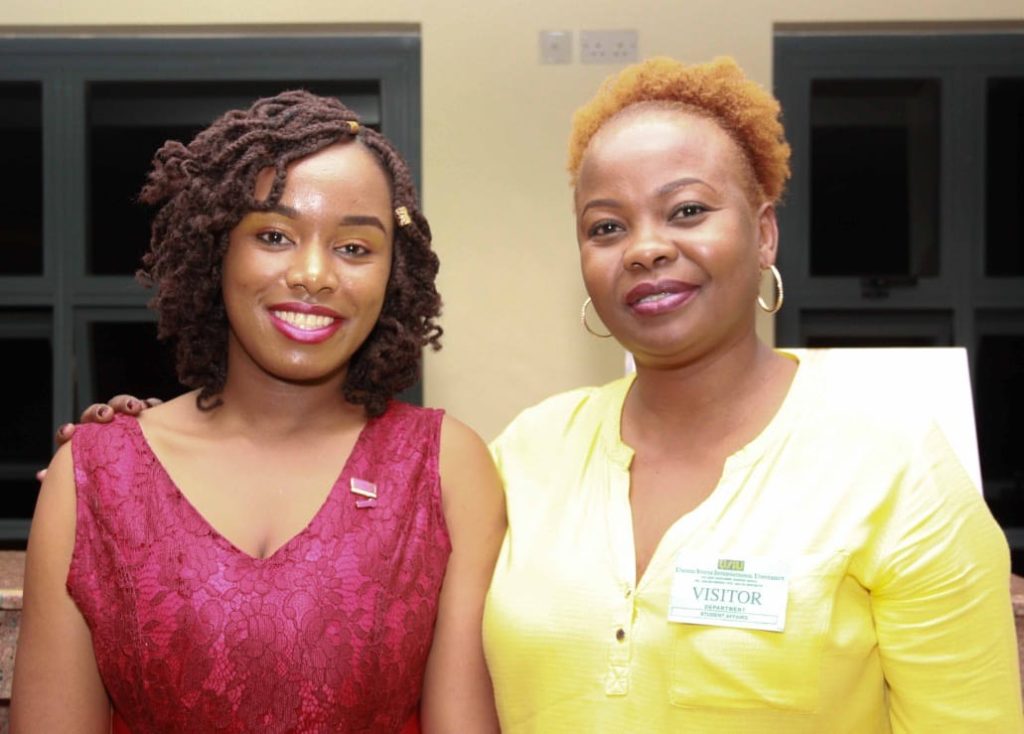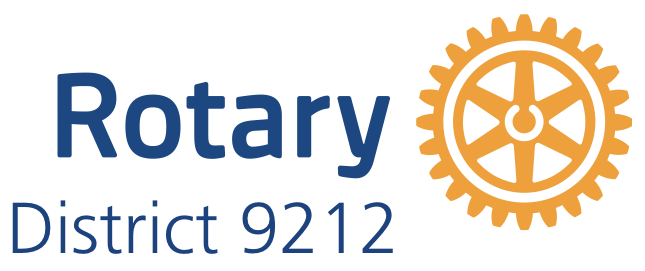Supporting Institution-based Rotaract Clubs

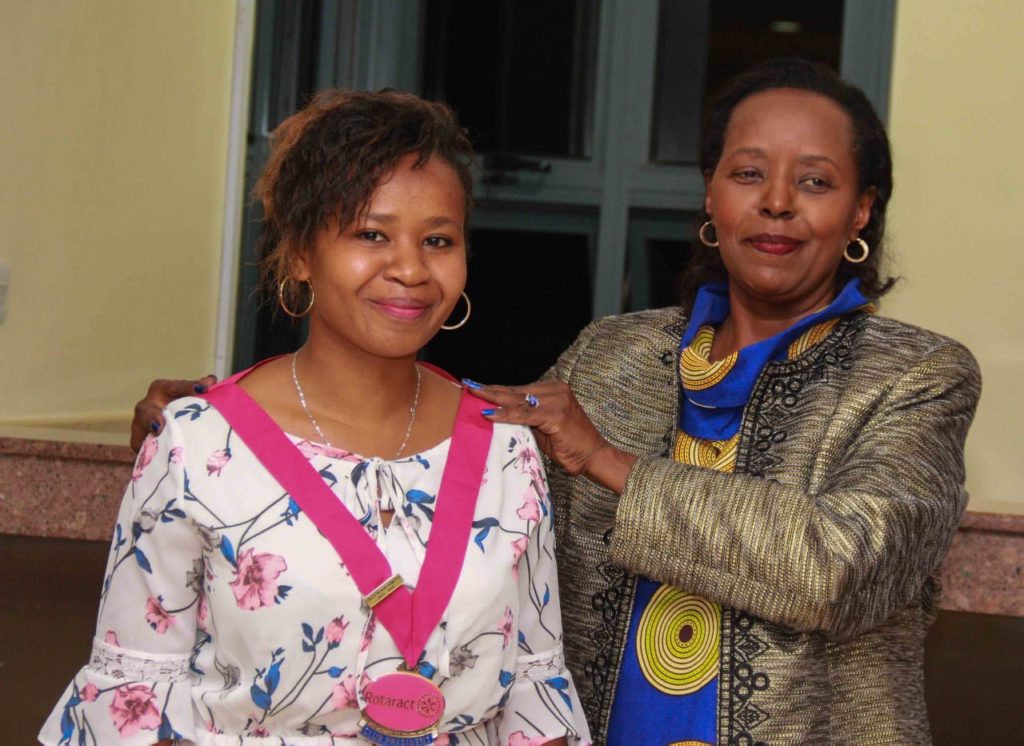
Last Friday, members of Rotary Club of Nairobi joined the Rotaract Club of United States International University (USIU-Africa) for the installation of President Linda Ndanu and the 2019/20 board of directors. RC Nairobi is mother to two Rotaract Clubs – Nairobi Central and USIU Africa. Nairobi Central is a community-based club while USIU Africa is institution-based.
The Challenge
Rotary-Rotaract relationships can be challenging but even more challenging is working with institution-based Rotaract clubs. While community-based clubs have the potential to retain members for up to 12 years (18-30 years), institution-based clubs can only retain a member for up to 4 or 6 years! This presents a challenge in succession planning, projects continuity, consistency, to mention but a few. It is not uncommon to have institution-based clubs die off and re-emerge from time to time. Very few institution-based clubs in Kenya have managed to remain active over a very long period of time. Rotaract Club of Nairobi University comes to mind!
This begs the question, what is the role of Rotary Clubs? And how can they help institution-based clubs overcome the challenges mentioned above? Rotaract USIU installation provided an opportunity to address some of these challenges. The Rotaractors and Rotarians engaged in frank conversations and even though most of the ideas that were generated are not entirely new, we must constantly remind ourselves and work on them. As they say, ‘its always easier said than done!’
Some ideas for supporting institution-based clubs include:
Investing time and resources in institution-based clubs
Find time to attend their meetings, support their projects, be a guest speaker, suggest great speakers, attend board meetings. The Youth Service director in your Rotary Club should be in touch with the Rotaract committee and provide support where needed. Our Youth Service director Rtn. Gideon Akwabi has provided great support to the Rotaract Club of USIU Africa by attending their board meetings and providing guidance to the leadership.
Succession planning is critical
One way of ensuring continuity is to have membership spread across all the four or six years! A second year president is advisable as they can continue providing leadership to the club as Immediate Past Presidents and Past Presidents. This supports leadership continuity, membership development and preserving institutional memory.
Mentorship
In addition to supporting the leadership, mentorship for all members of institution-based clubs is critical. This can include the traditional mentorship arrangements of profession to profession but also mentorship in Rotary matters. This range from working on joint projects, sharing Rotary information, to regularly inviting Rotaractors to Rotary meetings, projects and other activities including fun events. This way they get to interact with the wider Rotary community. Past President Salome Gitoho volunteered to assist the Rotaractors during the university’s matriculation week. This will involve setting up a tent alongside other clubs in the school to welcome first years and invite them to join the club.
Equal partners
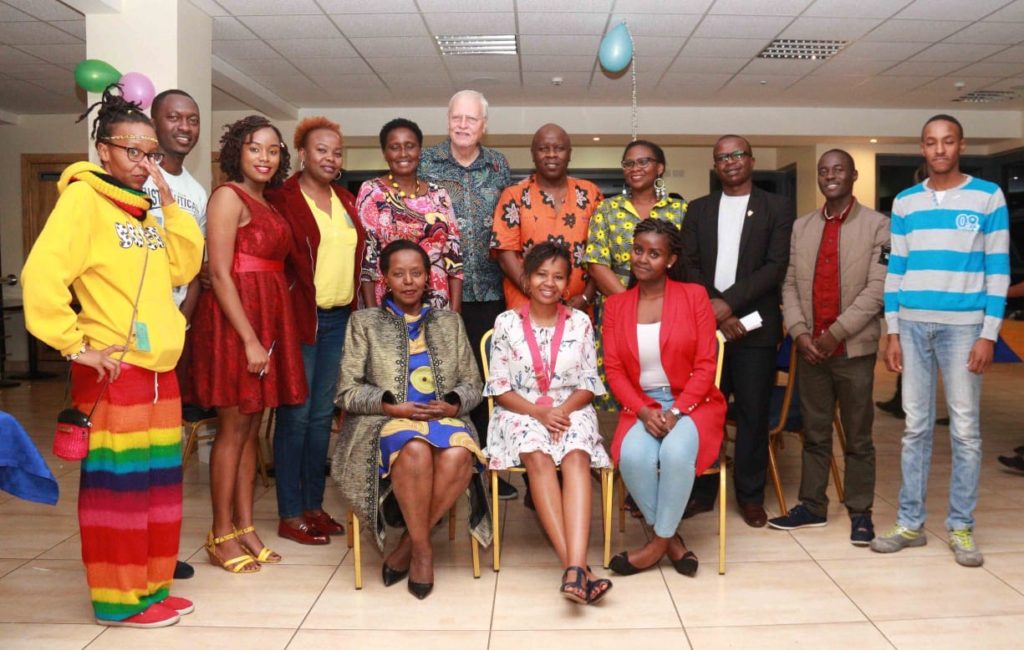
While the age gap between Rotaractors and Rotarians can be significant, it is important to remember we are partners in service, and most importantly, we are all members of Rotary International. Each one of us brings something to the table! Our attitudes should be welcoming, open, honest, trustworthy, respectful and we should endevour to forge greater bonds of friendship. Rotaractors are future Rotarians! How we treat them will greatly influence their interest in transitioning to Rotary.
Add to the list
I am sure there are more ideas and examples of how you are working with your Rotaract clubs. Lets share and build on this list and help strengthen our Rotaract clubs, particularly the institution-based clubs.


